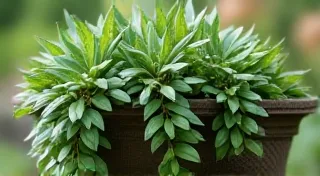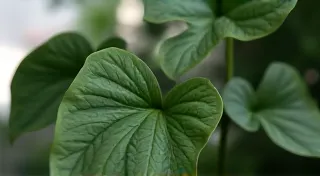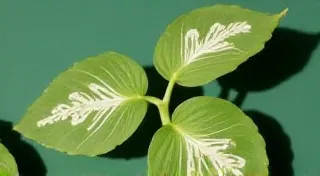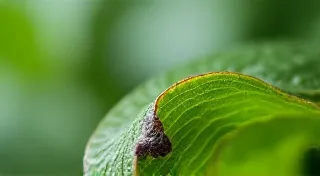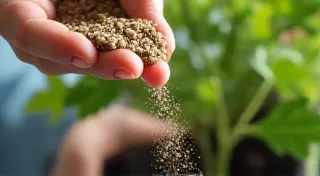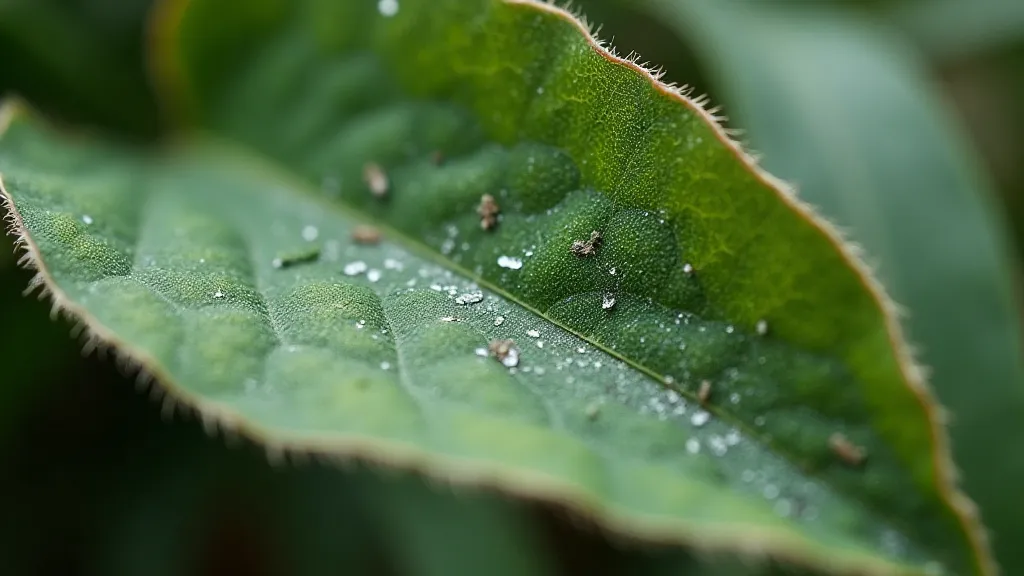
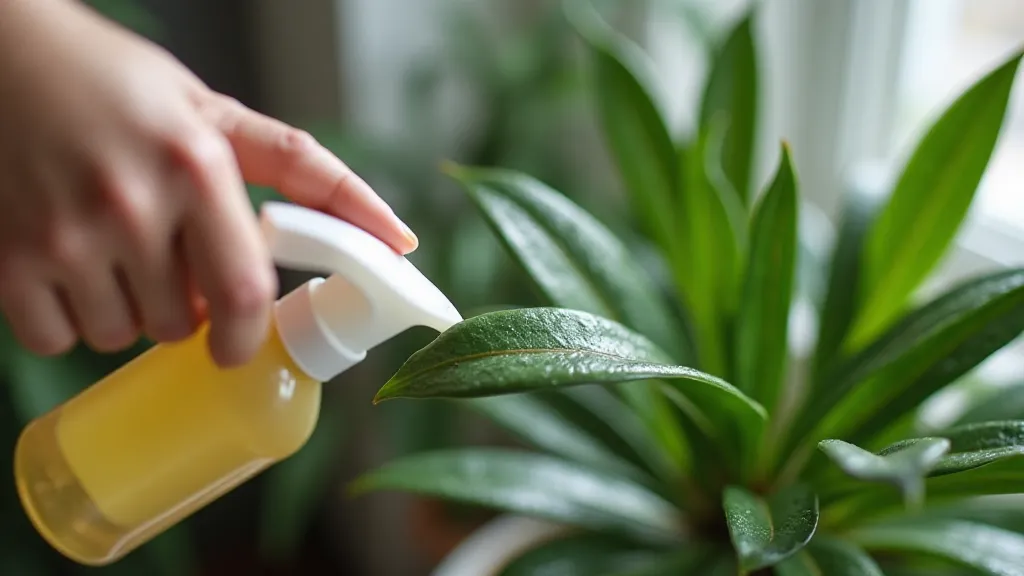
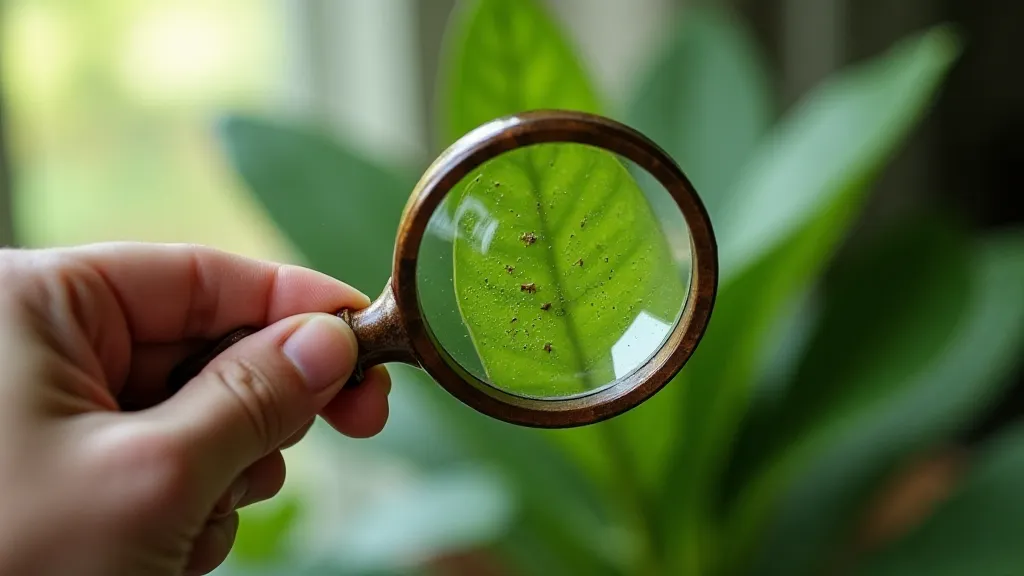
Beyond initial control, maintaining a healthy environment is crucial. This includes proper fertilization and watering schedules, tailored to the specific needs of each plant. Understanding the nutrient requirements of each species, and adjusting fertilization accordingly, strengthens the plant's defenses. For example, a deficiency in potassium can weaken a plant, making it more susceptible to pests.
Furthermore, understanding the subtle signs of plant stress is a vital preventative measure. Early identification of underlying problems—such as nutrient deficiencies or root issues—can bolster a plant's overall health and ability to withstand pest infestations. Root rot, for instance, severely compromises a plant’s ability to absorb nutrients and fight off infections, making it incredibly vulnerable to thrips and other pests. Addressing these underlying issues is just as important as directly targeting the thrips themselves.
The impact of thrips extends beyond mere damage to foliage; they can transmit plant viruses and weaken the plant’s ability to reproduce. Therefore, vigilance and preventative measures are of paramount importance. Regularly inspecting new plants, maintaining a clean growing environment, and providing optimal growing conditions are all crucial steps in preventing infestations. The integrated pest management approach, combining multiple strategies, is generally the most effective.
Consider also that the type of potting mix you use can influence a plant’s susceptibility to pests. A well-draining, nutrient-rich potting mix promotes healthy root growth and strengthens the plant’s overall resilience. Conversely, a compacted or poorly aerated potting mix can create a breeding ground for pests and diseases.
Finally, remember that consistent observation and proactive care are the cornerstones of successful rare plant cultivation. By understanding the unique needs of each plant, providing optimal growing conditions, and diligently monitoring for signs of pests and diseases, you can create a thriving collection of beautiful and resilient specimens. The rewards – vibrant foliage, abundant blooms, and the satisfaction of nurturing these botanical treasures – are well worth the effort.
To further enhance your plant care knowledge, consider exploring resources dedicated to rare plant cultivation. Numerous online forums and communities provide valuable insights and support for plant enthusiasts. Remember, continuous learning and adaptation are key to success in the ever-evolving world of horticulture.
Regularly sanitizing your tools and pots is also essential. Thrips and other pests can easily spread from plant to plant via contaminated equipment. A simple soak in a diluted bleach solution can effectively eliminate these microscopic hitchhikers. Consistent hygiene practices contribute to a healthier and more resilient plant collection.
It’s important to remember that even the most experienced plant collectors encounter challenges. Don't be discouraged by setbacks; view them as learning opportunities and adjust your strategies accordingly. With patience, persistence, and a passion for plants, you can cultivate a thriving collection of rare and beautiful specimens.
